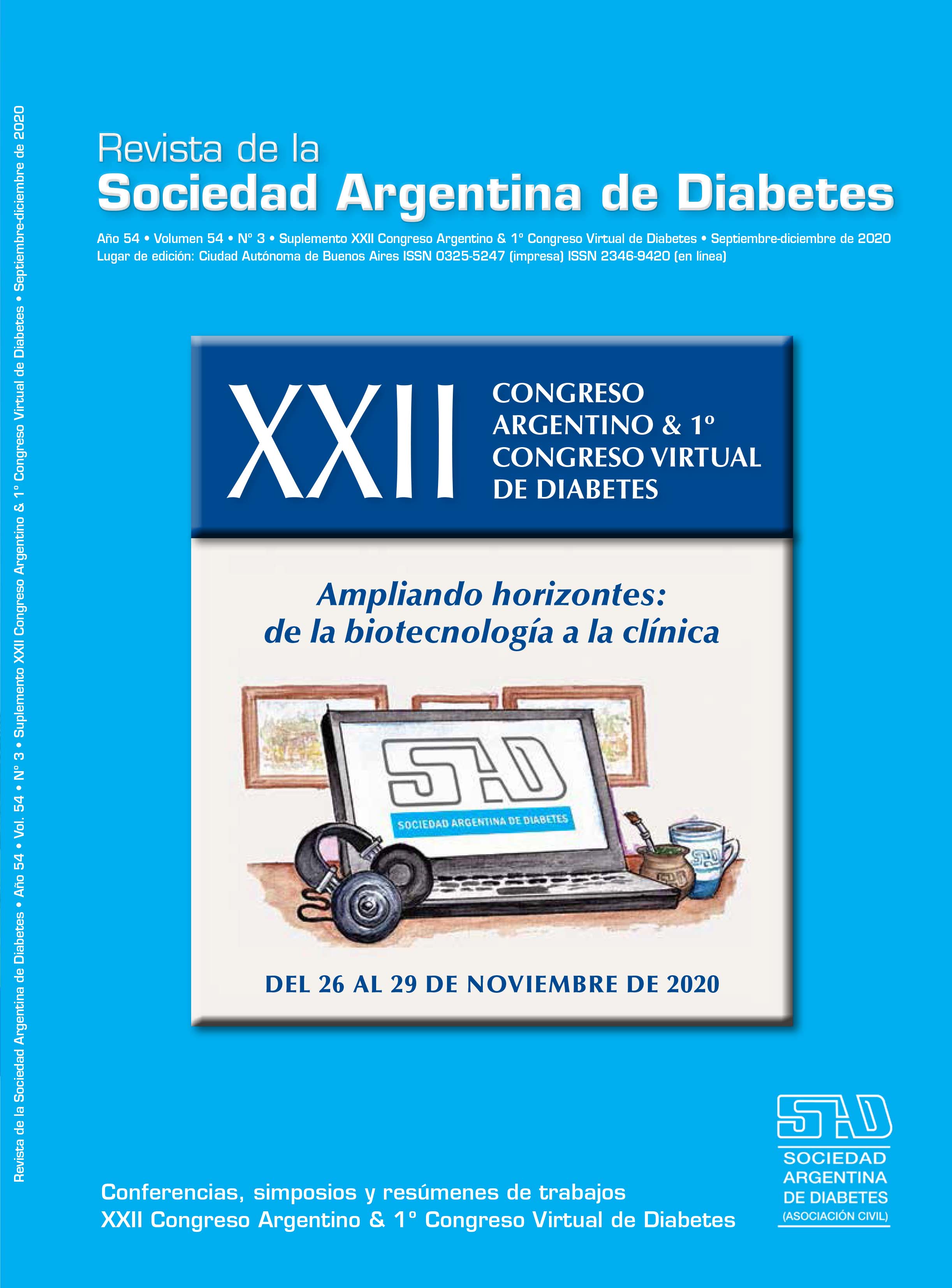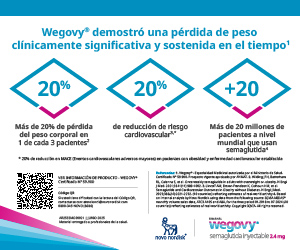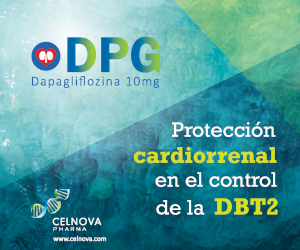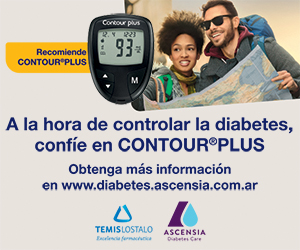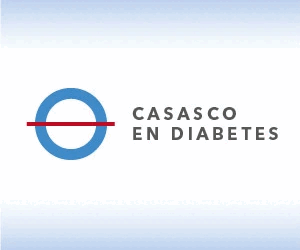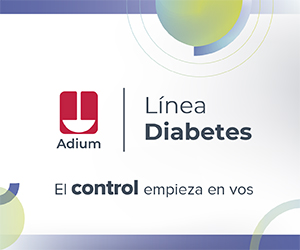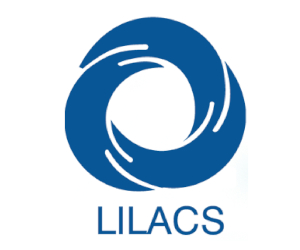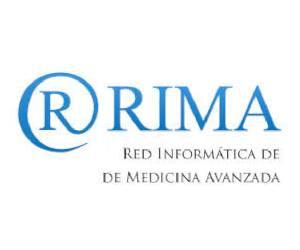P54 Pre diabetes and arterial stiffness: its identification and posible pathogenesis
DOI:
https://doi.org/10.47196/diab.v54i3Sup.440Keywords:
prediabetes, arterial stiffness, identification, pathogenyAbstract
Introduction: background: in the prediabetes stage (PreD), vascular lesion markers appear indicating the need for early identification and timely treatment.
Aims: To evaluate arterial stiffness indicators in people with prediabetes (PreD) and its possible pathogenesis.
Materials and methods: Pulse wave velocity (PWV) was measured in 208 people with FINDRISC ≥13 (57±8 years old, 68.7% women) and either normal glucose tolerance (NGT) or PreD.In each subgroup we identified those with/out insulin resistance (IR) measured throughout the triglyceride/HDL-c ratio (normal cut off values previously established in our population). Clinical and metabolic data were collectedfor all participants. PWV was compared between subgroups using independent t test.
Results: Women and men have comparable clinical and metabolic characteristics with obesity (BMI ≥30) and antihypertensive-statin treatment, almost half with either NGT or PreD. While 48% of NGT people presented IR (abnormally high TG/HDL-c ratio), those with PreDrepresented 52%. PWV was significantly higher onlyin those with a complete picture of metabolic syndrome (MS).
Conclusions: PWV was significantly higher in people with a complete picture of MS. If clinicians were aware of this situation, they might make an early diagnosis and prescribe a healthylife-style to prevent development/progression of CVD and the negative impact on patients ́ quality of life and higher cost of care.
Downloads
Published
Issue
Section
License

This work is licensed under a Creative Commons Attribution-NonCommercial-NoDerivatives 4.0 International License.
Dirección Nacional de Derecho de Autor, Exp. N° 5.333.129. Instituto Nacional de la Propiedad Industrial, Marca «Revista de la Sociedad Argentina de Diabetes - Asociación Civil» N° de concesión 2.605.405 y N° de disposición 1.404/13.
La Revista de la SAD está licenciada bajo Licencia Creative Commons Atribución – No Comercial – Sin Obra Derivada 4.0 Internacional.
Por otra parte, la Revista SAD permite que los autores mantengan los derechos de autor sin restricciones.



